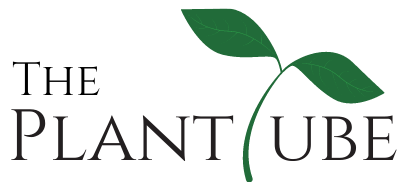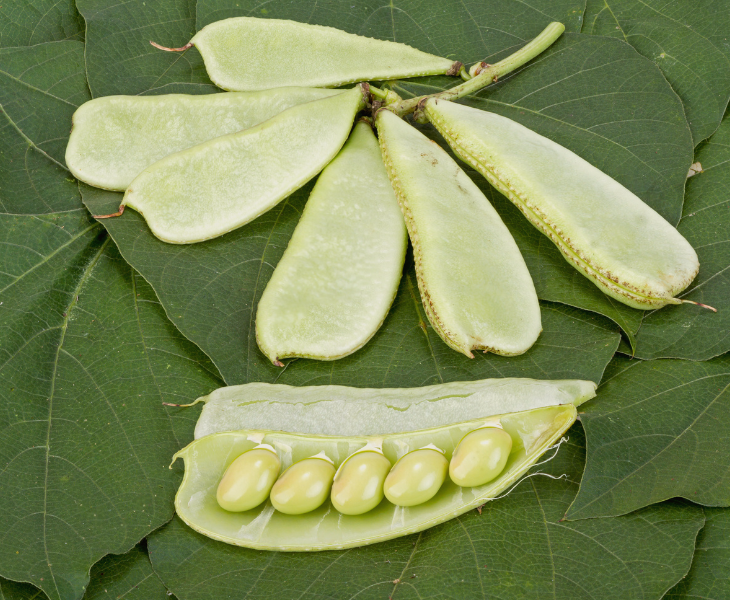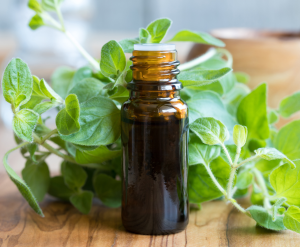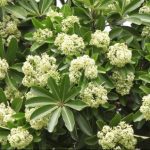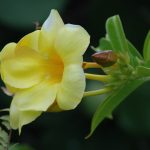What Is Hyacinth Bean?
The hyacinth bean (Lablab purpureus) is a fast-growing, ornamental vine known for its striking purple flowers, vibrant pods, and lush foliage. This plant is not only a beautiful addition to gardens but also has culinary and medicinal uses in many cultures. It is native to Africa and Asia but has gained popularity worldwide as a decorative and edible plant.
Table of Contents
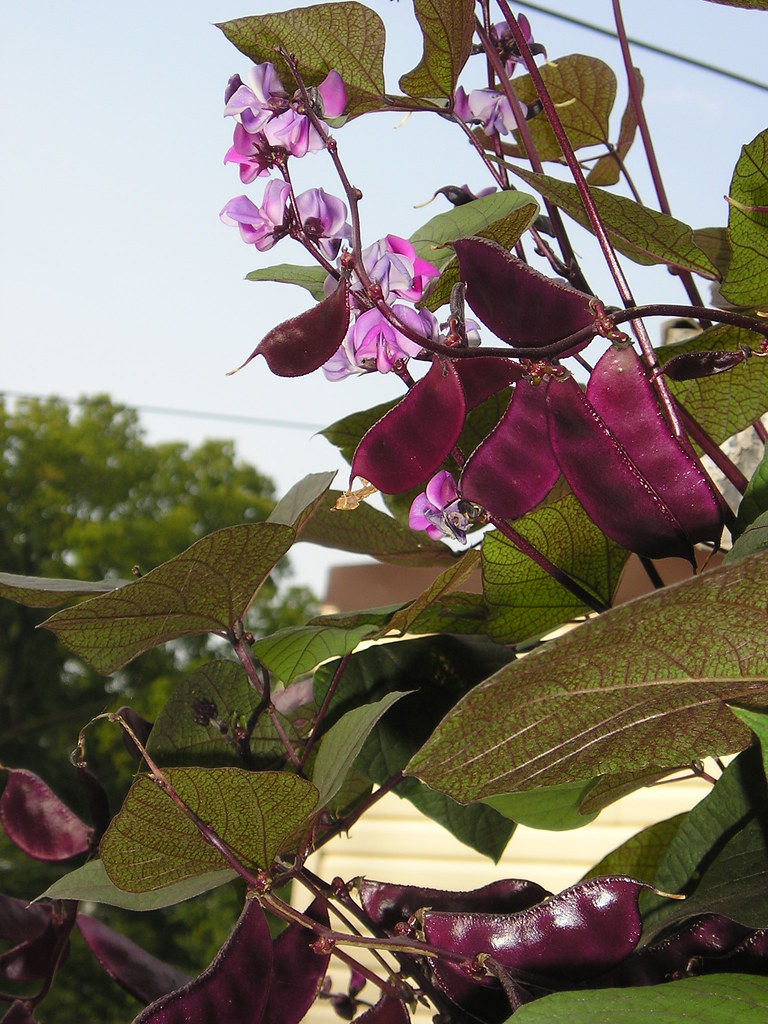
Why Grow Hyacinth Bean Vine?
The hyacinth bean vine is an excellent choice for gardeners looking for a versatile, drought-tolerant, and easy-to-maintain plant. It thrives in warm climates and can be trained on trellises, fences, or arbors, creating a stunning vertical display.
Key Benefits of Growing Hyacinth Bean Vine:
Fast Growth – Ideal for quick garden coverage.
- Attracts Pollinators – Butterflies and bees love its flowers.
- Drought Tolerant – Requires minimal watering.
- Edible Uses – The beans can be consumed when properly cooked.
- Low Maintenance – Requires little effort to thrive in most soil types.
- Rich in Nutrients – A great source of protein, fiber, and essential vitamins.
How to Grow Hyacinth Bean Plant
Choosing the Right Hyacinth Bean Seeds
When selecting hyacinth bean seeds, opt for high-quality varieties that ensure healthy plant growth. Seeds should be sown in well-drained soil and in an area that receives full sunlight. You can find hyacinth bean vine seeds in local nurseries or online seed catalogs.
Planting Hyacinth Bean Vine Seeds
Step-by-Step Guide:
- Soak the Seeds – Soaking hyacinth bean vine seeds overnight enhances germination.
- Prepare the Soil – Ensure well-draining, nutrient-rich soil.
- Plant the Seeds – Sow seeds 1 inch deep, spaced 6 inches apart.
- Water Regularly – Keep soil moist but not waterlogged.
- Provide Support – Use a trellis or fence for climbing.
- Monitor Growth – Seedlings emerge within a week and grow rapidly.
Caring for Your Hyacinth Bean Plant
- Watering – Moderate watering is sufficient. Avoid overwatering, as it can cause root rot.
- Fertilizing – Use organic compost or a balanced fertilizer to boost growth.
- Pruning – Trim dead leaves for better air circulation and promote new growth.
- Pest Control – Monitor for aphids, spider mites, and other common pests. Use organic pesticides if necessary.
- Mulching – Applying mulch helps retain soil moisture and suppress weeds.
Uses of Hyacinth Bean
Culinary Uses
In many cultures, young hyacinth bean pods are cooked and eaten as vegetables. However, the mature seeds contain toxins and must be boiled thoroughly before consumption. They are commonly used in curries, stir-fries, and soups.
Popular Dishes with Hyacinth Bean:
- Indian Dal – Cooked with lentils and spices.
- Asian Stir-Fry – Sautéed with garlic and soy sauce.
- African Stew – Combined with meats and vegetables.
- Salads – Fresh pods can be added to salads for a crunchy texture.
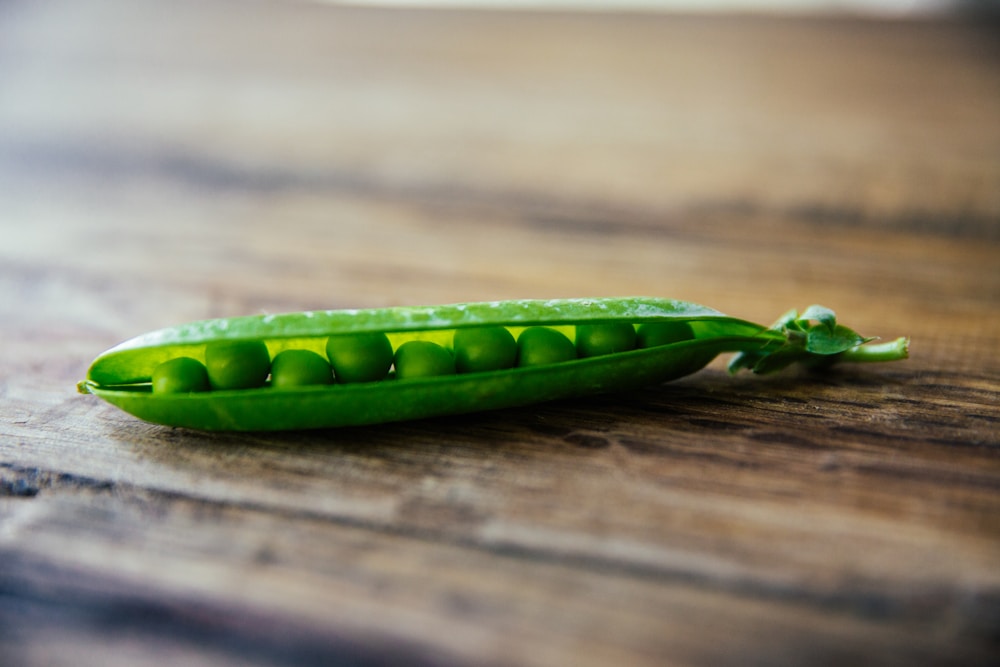
Medicinal Benefits
The hyacinth bean plant has been traditionally used in herbal medicine to aid digestion and improve respiratory health. It is believed to have antioxidant and anti-inflammatory properties.
Health Benefits of Hyacinth Bean:
- Improves Digestion – Rich in fiber, helping with bowel movement.
- Boosts Immunity – Contains vitamins and minerals essential for immune health.
- Supports Heart Health – May help regulate cholesterol levels.
- Enhances Skin Health – Antioxidants in the bean contribute to healthy skin.
Common Issues & Solutions
Yellowing Leaves
- Cause: Overwatering or nutrient deficiency.
- Solution: Adjust watering schedule and apply a balanced fertilizer.
Slow Growth
- Cause: Poor soil quality or lack of sunlight.
- Solution: Improve soil with compost and relocate to a sunnier spot.
Pest Infestation
- Cause: Aphids, spider mites, or fungal infections.
- Solution: Use neem oil or organic insecticides to keep pests away.
Poor Flowering
- Cause: Lack of phosphorus in soil.
- Solution: Add phosphorus-rich fertilizer to encourage blooms.
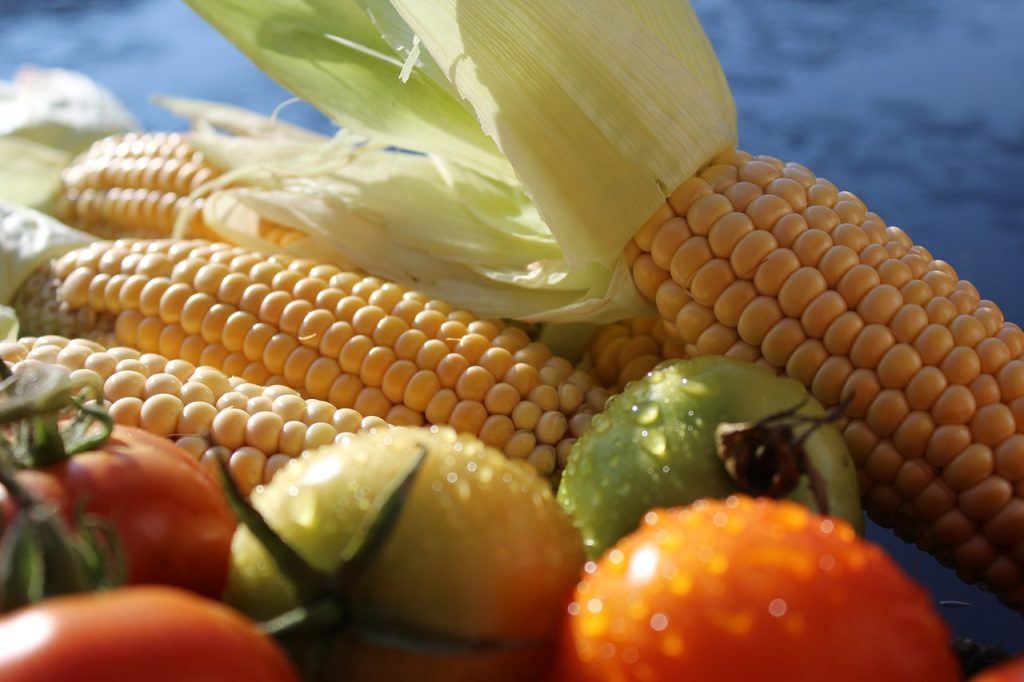
Companion Planting with Hyacinth Bean
Hyacinth bean vines can be grown alongside other plants to enhance growth and repel pests. Some good companion plants include:
- Corn – Provides a natural trellis for vines to climb.
- Tomatoes – Enhances soil nutrients and reduces pest attacks.
- Marigolds – Helps deter aphids and nematodes.
Harvesting and Storing Hyacinth Bean
When to Harvest
- Pods are ready to harvest when they are young, tender, and about 2-3 inches long.
- For seeds, allow the pods to dry on the vine before collecting them.
Storing Hyacinth Bean Seeds
- Dry the seeds completely before storing them in an airtight container.
- Keep in a cool, dry place to maintain viability for the next planting season.
Final Thoughts
The hyacinth bean vine is an excellent addition to any garden, offering beauty, function, and nutrition. Whether you’re a seasoned gardener or a beginner, growing hyacinth bean plant is a rewarding experience. It provides not only ornamental beauty but also culinary and medicinal benefits.
Ready to Start Growing?
Get your hyacinth bean seeds today and enjoy the benefits of this amazing plant! Check out authoritative resources like USDA Plant Database and Gardening Know How for more detailed information.
Disclaimer: Always ensure proper preparation before consuming hyacinth bean as some parts may be toxic if not cooked correctly.
